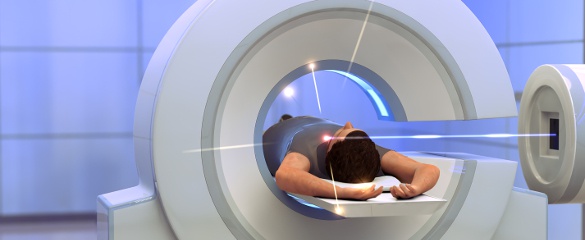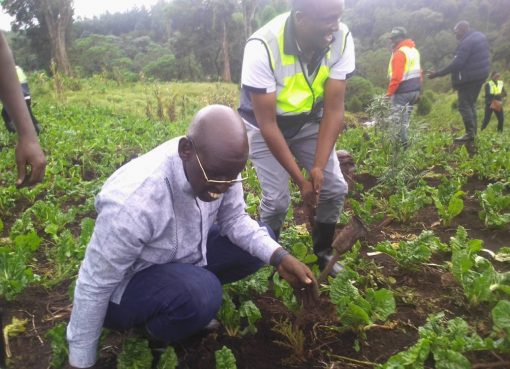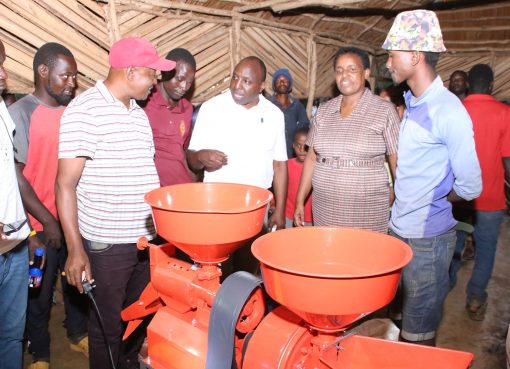Kenyatta University Teaching, Referral & Research Hospital Friday received Cyclotron Machine, an equipment that produces the radio-isotopes that are used as a tracer for cancer in patients.
The machine was provided under the Integrated Molecular Imaging Centre (IMIC) Project according to Health Cabinet Secretary Mr Mutahi Kagwe who witnessed its delivery and installation.
The commencement of the construction of the Integrated Molecular Imaging Centre was presided over by President Uhuru Kenyatta six months ago.
“The ground breaking was a first step towards the realization of improved cancer treatment in Kenya,” said Kagwe, while explaining that the radio isotopes are also used to monitor the remission or progression of cancer on the patient.
“The cyclotron comes with Radio-pharmacy equipment (hot labs) that are used to synthesize the radio-isotopes to make them ready for patient administration in terms of dosage and safety,” he added.
The CS noted that the Cyclotron will be the first public facility and the largest in Eastern and Central Africa with capacity to produce consumables for domestic use and for the region.
He added that a 256 Slice CT Scanner and 3T MRI have been delivered at the imaging department and installed and user training undertaken.
The CS said Kenyans spend over Sh8 billion annually seeking cancer treatment in India, South Africa and Dubai.
“There is a growing interest from the government and private healthcare providers as well as public sector in cancer management. It is expected that the number of patients seeking and receiving quality care is expected to increase over the next 5 years,” he stressed.
“To address this need, improved access to diagnostics and Radiotherapy capabilities are required and considering Kenya has extremely low levels of PET/CT and SPECT/CT penetration and less than twenty radiotherapy equipment across the country, this coupled with the limited availability of Oncologist/specialist, is restricting access to cancer care for a majority of the patients,” Kagwe said.
KUTRRH, he noted has the opportunity to increase access to quality cancer care by addressing existing gaps and potential future growth through innovative, care delivery models.
Consequently, he said that the hospital has sought the approval for the construction of the IMIC from the Kenya Nuclear Regulatory Authority, and Pharmacy and Poisons Board to establish the capacity being witnessed and they expect a license for operations to be issued by the two bodies.
‘’The construction progress for the Integrated Molecular Imaging Centre, IMIC, is well on course. I am confident that what is being done here will drastically improve the quality of patient care both in the immediate period and in the years to come,” Kagwe said.
He said at present patients are being diagnosed with stage 3 and 4 cancers due to inadequate diagnostic capacity for early detection noting that the Centre will have medical, financial, training, research, socio-economic and environmental impact on Kenyans
“It will be good for early diagnosis and assessment of response to treatment, meaning we shall be able to diagnose cancers before it is too late as is currently the case. There will also be accuracy in diagnosis and treatment of cancer, reduction in recurrent or metastasis of cancer, improved survivorship and reduction in waiting time and cost of cancer treatment,” the CS elaborated.
By Wangari Ndirangu





